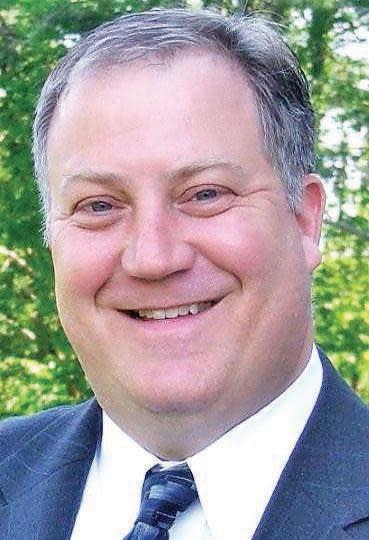Money Talk: The other three-legged stool of great retirements
It used to be said that successful retirements are built on the three-legged stool of pensions, Social Security retirement benefits, and personal savings. This was a helpful metaphor to simplify our thinking about how retirement income would be generated in the future and, in turn, how to optimize the stool leg under our control - how much to save for retirement. Unfortunately, that three-legged stool has been reduced to two legs for most pre-retirees now that traditional pensions have been replaced by defined contribution plans like 401(k)s.
There is another three-legged stool, however, that can greatly enhance our thinking about the key components of building a successful retirement. While the old three-legged stool focused solely on finances, this component is merely one leg of the other three-legged stool. Sure, financial security is extremely important to ensure that one can support their desired lifestyle after they stop working, but the value of financial health will diminish significantly if one’s retirement plan does not also incorporate ways to support physical health and mental health. While the components of the old three-legged stool were largely independent, there is no doubt some interdependency between financial, physical, and mental health that make it important to plan around all three. That is, these stool legs are somewhat under one’s control.
Most conversations about retirement planning focus on the financial aspects like how much can be spent monthly without risking running out of money, how can taxes be reduced, or how investments should be positioned. All of these are important, particularly the monthly income question for those who are about to turn off their regular paycheck by retiring. Focusing solely on these financial details, however, can lead to a less than satisfying transition into retirement. According to Psychology Today, about a third of retirees feel depressed at times, a feeling that can be linked to the loss of structure, connections, identity, and purpose that were part of one’s work life for decades.
There are several strategies to consider that can ease the mental health impact of the transition into retirement and help maintain a great retirement over the long run. First, consider whether you can ease into retirement by cutting back to part-time or doing consulting to stay engaged and active professionally as you build new social networks to replace your professional one. This is especially important if your career formed most of your identity. Staying connected and active socially with work friends and professional organizations can also help ease the retirement transition. These professional connections will inevitably fade over time, so it is important to also build networks around your interests if you have not done so before retiring. The key here is to avoid isolation which, even for us introverts, takes a toll on mental health.
Just like you did in preparing for retirement, setting goals will remain a valuable tool for planning and maintaining control over your future. Being able to plan for and check off goals can also help maintain mental health. There is a reason we are drawn to create a bucket list. Being able to set relatively lofty goals and achieving them, creating great memories helps add to a life well lived.
Achieving these goals will also require some attention to physical health. Engaging in consistent exercise will improve overall health and help reduce the risk of cognitive decline and dementia which is an important concern among most retirees. The early onset of dementia can not only reduce quality of life for a retiree and their family, but it can also quickly chop away at the financial leg of the three-legged stool. The cost a month’s stay in a memory care unit can cost more than $10,000 today which can quickly erode a portfolio. Combining some brain exercises with physical exercise can help avoid or at least delay the onset of cognitive decline.
Finally, plan to build structure into each day. While it sounds great to be able to do whatever you want, when you want rather than being tied to an alarm clock and work schedule, a lack of structure can lead to a lack of accomplishment and depression. The schedule does not have to be strict but building some consistency into your day can help you build a great retirement in which your financial, mental, and physical health all have an opportunity to thrive.

David T. Mayes is a CERTIFIED FINANCIAL PLANNERTM professional and IRS Enrolled Three Bearings Fiduciary Advisors, Inc., a fee-only advisory firm in Hampton. He can be reached at (603) 926-1775 or david@threebearings.com.
This article originally appeared on Portsmouth Herald: Money Talk: The other three-legged stool of great retirements
